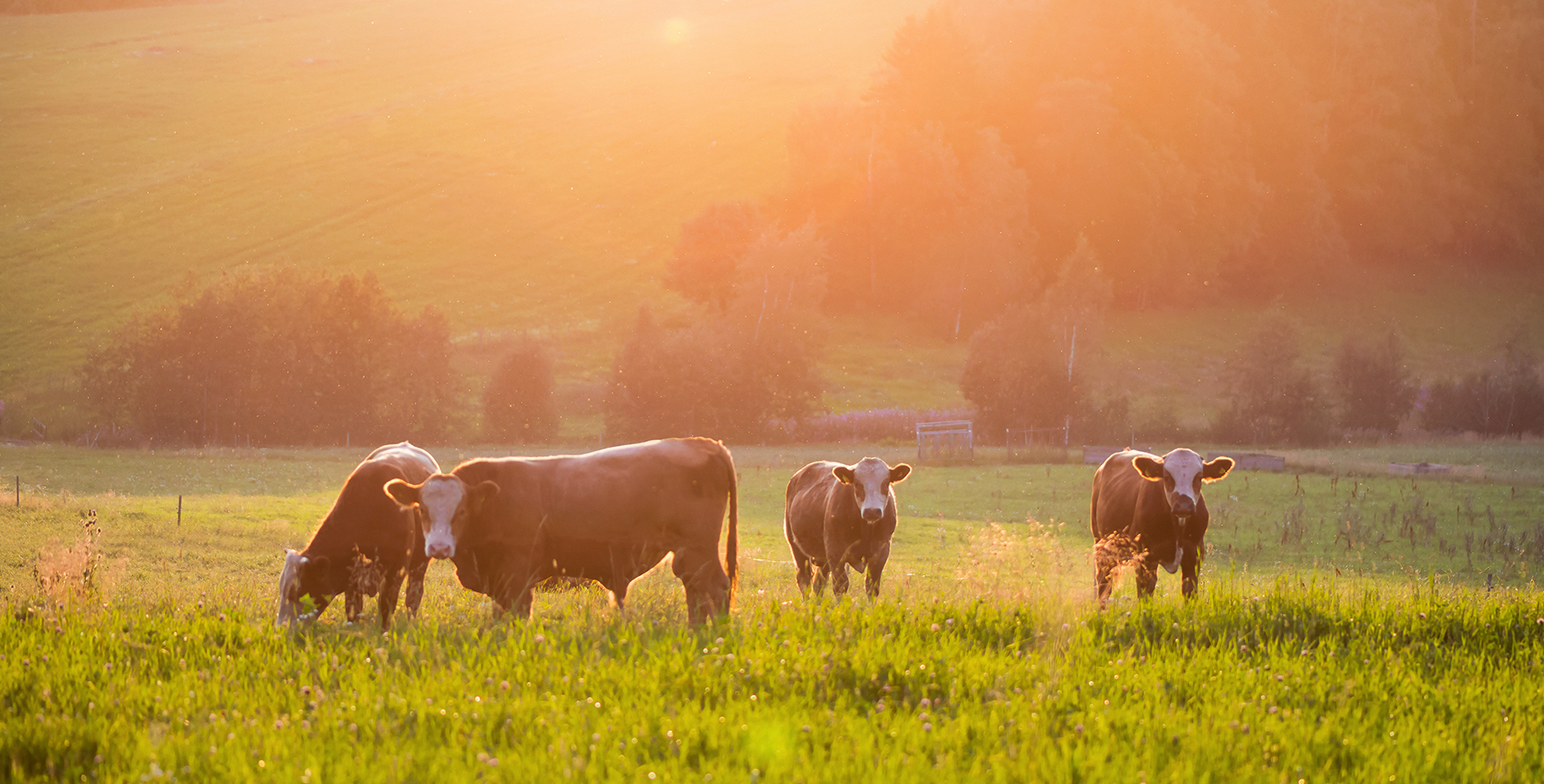
Beef by the numbers, and good beef sustainability – my top takeaways from CattleCon 2024
Given my background, my passion and my personal “why,” few things make me happier than arriving at a conference filled with cowboy hats, jeans and boots – worn by the “real cowboys” who spend their days working hard to make a living on America’s farms and ranches.
Earlier this year the cowboys, and all the companies that support them, gathered in Orlando, Fla., at CattleCon 2024 to swap stories while learning new techniques and best practices, watch live cattle demos and hear from experts in animal health, animal handling and the weather.
While it is impossible to attend all the Cattlemen’s College sessions, CattleChats, Learning Labs, committee meetings and walk the entire trade show floor in three days’ time, I gave it my best shot!
Here are my top two takeaways:
#1: Beef production is still declining, beef prices will continue to rise and demand remains strong.
We are currently sitting near the bottom of the trough of the “cow cycle.” The number of bred cows in the U.S. is always the first marker of what is to come. Knowing this gives us a pretty good idea what the annual calf crop will be, which leads to cattle on feed numbers which provides our best indicators of total U.S. beef production. CattleFax, the organization we all look to for forecasts on all things beef, is projecting U.S. commercial beef production to be down another 3.8% in 2024, on the heels of 2023’s 4.3% decline.
This means per capita consumption will also decline, even as more imported beef moves into the country. CattleFax is forecasting a consumption decline of 1.6 pounds per person, after a 1.5 pounds per person drop last year.
So, when the media start talking about how consumers ate less beef last year and will do so this year and then give some reason other than the fact that there is less supply, you will be able to call BS on that.
Still, it does pose an issue for our consumers: Beef prices will be up. Beef prices are not expected to experience the sharp increases of the past; projections are 4% versus the 5% consumers felt in 2023.
Let’s finish this takeaway with some good news. Even with these higher prices over the last few years, demand for high quality U.S. beef continues to grow. In fact, beef demand has exceeded inflation. Why? Because consumers want it! When they buy beef they are buying higher quality beef. CattleFax shared graphs that showed where the 65-80% increase in demand since 1998 has come from: USDA Prime and Choice Grades and Certified Angus Beef. (If this stat caused you to pause, I welcome you to go back and read it again… this is HUGE growth for a mature industry.) In order to have this higher quality product, the market is rewarding producers who raise it with nice premiums. This is a fantastic example of how consumer input creates shifts. Consumers here and around the globe love the taste of high quality beef. Producers are receiving a premium when they raise it. This is a win/win!
#2: The science of sustainability is getting better, revealing livestock are part of the solution.
I have been talking about sustainability within the beef industry for well over a decade now, so I was pleased to hear more mainstream conversation in sessions and hall talk on this topic. Our science, and as a result, our understanding of Greenhouse Gases (GHGs), Carbon Dioxide Equivalents and warming effects have improved significantly in just the past few years.
For those of you experiencing pressure to reduce beef in your meat cases or on your menu, I highly recommend you study this report so you have the science in hand tell the naysayers to back off.
Here is the gist: Warming is driven by an increase in GHGs (carbon dioxide, methane and nitrous oxide). But there has been a general misunderstanding of the impact methane has on the climate. Converting methane to a “CO2 equivalent” has been done incorrectly in the past, resulting in unfortunate finger pointing at cows and those raising them. As the metrics for quantifying GHGs have improved and the GWP 100 metric has become the standard “yardstick,” we have come to understand that U.S. agriculture methane emissions have NOT increased since 1975. In fact, they are slightly lower, meaning our contribution to warming has flattened. Myles Allen, Professor of Geosystem Science in the Environmental Change Institute at the University of Oxford, used the data to confirm that U.S. agriculture’s emissions had contributed to “very little additional warming since 1990.” So, while globally livestock methane emissions are increasing, we must work hard to keep the U.S. from being lumped in with those who are not nearly as efficient or as far along in their sustainability journey. And, because methane from livestock is part of the biogenic carbon cycle it isn’t adding new carbon to our atmosphere.
Net net: The U.S. cattle industry is part of the solution. How? The industry has undergone a significant transformation, focusing on sustainability and efficiency while minimizing the environmental impact. Advances in technology, genetics, feeding practices and management have enabled the industry to produce more beef with fewer animals. As a result, the U.S. cattle industry is actually helping cool the environment. Say what? Yes, you read that right! But instead of diving deeper here, I encourage you to check out this easy-to-understand explanation from UC Davis Clear Center.
I am by no means saying we should suspend our efforts. Each of us must determine how we can continue to help create even more effective sustainability practices. I am, however, working to redirect the fury of those that would like to eliminate the U.S. livestock industry – they need to find a new passion.
If you need more ammo for those c-suite ESG conversations, the United States Roundtable for Sustainable Beef (USRSB) gathers sustainability resources and makes them available to members.
This content originally appeared in Meatingplace
